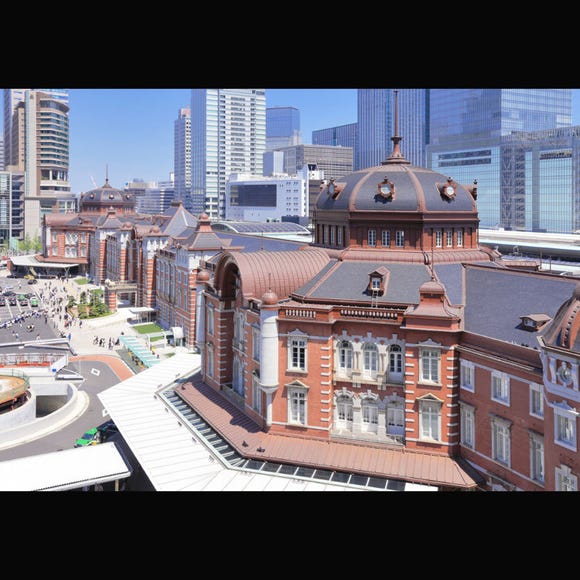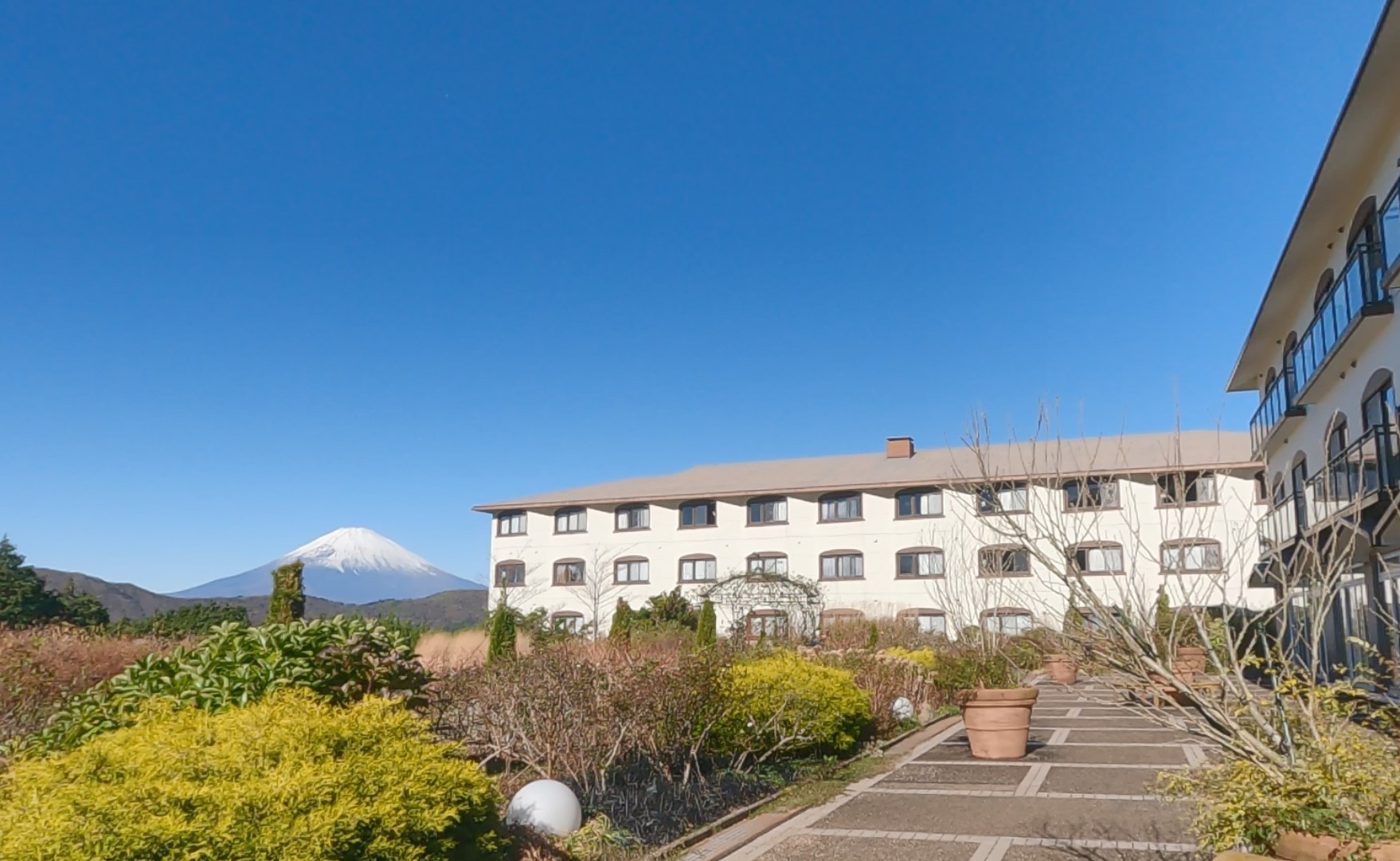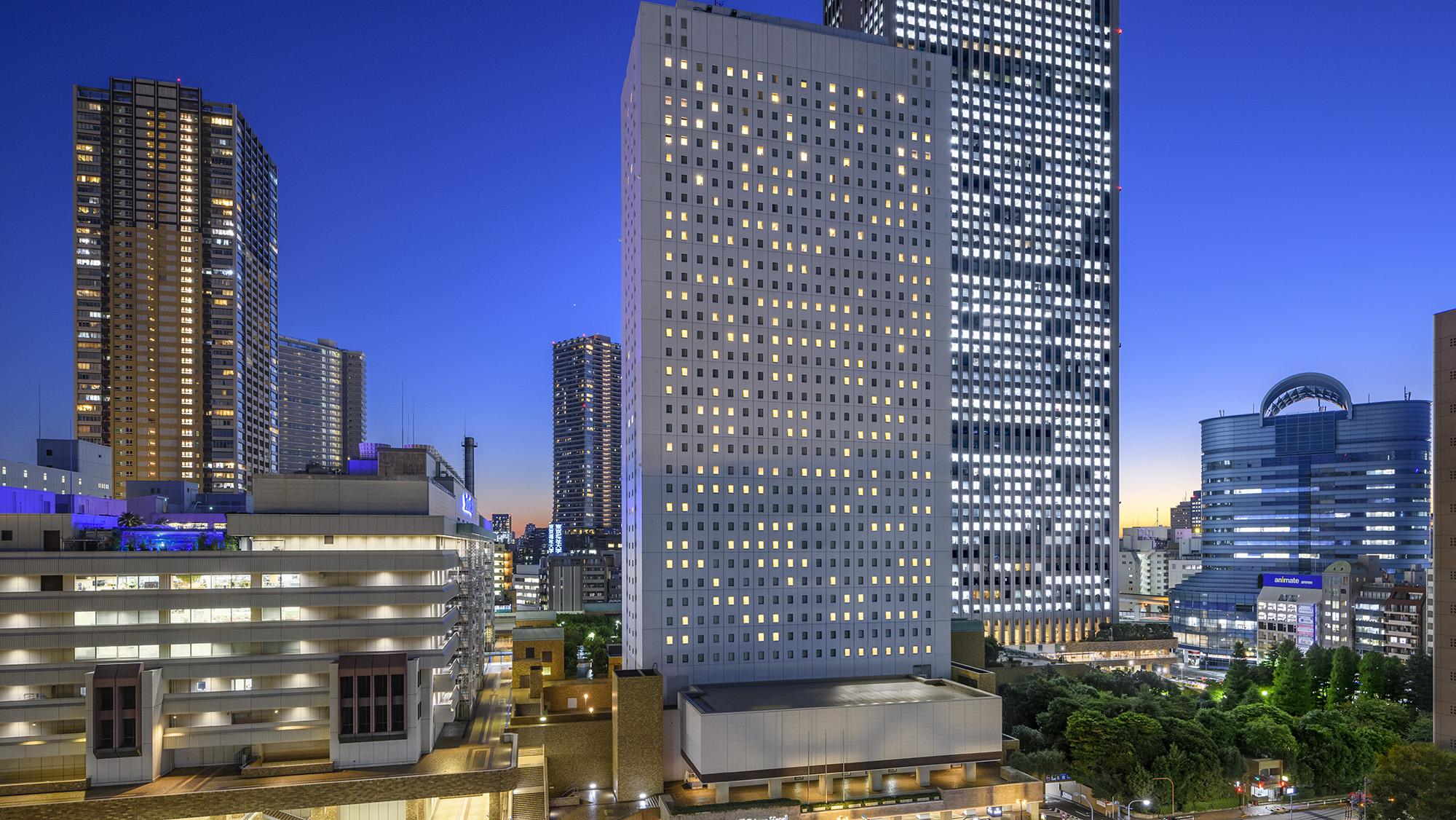
Chichibu Night Festival: Japan's Legendary Winter Celebration of Floats and Fireworks (Dec 2-3)
- Written by: Naho Jishikyu
The Chichibu Night Festival in Saitama’s Chichibu City is counted among Japan’s three major float festivals, along with Gion Matsuri in Kyoto and the Takayama Festival in Hida.
Japan is home to countless festivals throughout the year, each deeply connected to regional culture and local traditions. Among them, the Chichibu Night Festival stands out as one of the most spectacular winter celebrations.
Held annually on December 2 and 3, the festival is a vital part of Chichibu’s cultural heritage. In 2016, it was inscribed on UNESCO’s Intangible Cultural Heritage list as “Chichibu Festival Yatai and Kagura.”
(Main image provided by Chichibu Tourism Association)
Ancient History of the Chichibu Night Festival

The Chichibu Night Festival has been celebrated for over 300 years, with historical records showing some floats dating back to 1716–1736. During the Edo period, Chichibu prospered as “Silk City” (Kinu no Takamachi), and the festival played an important role in the region’s cultural and economic life.
Chichibu Shrine, founded by Chichibuhiko no Mikoto, is linked to the worship of Mt. Buko. Legend says he taught silk weaving to the local community, strengthening the shrine’s connection to regional craftsmanship.
Traditionally held at the end of farming and winter preparation, the festival marked a major turning point in the yearly cycle. Often called the “Night Festival” or “Winter Festival,” it features an impressive procession of floats and dramatic fireworks. In 2018, approximately 280,000 people attended the two-day celebration.
Chichibu Night Festival Today
- Shinto Music Performances (Chichibu Shrine “Kaguraden”)
- ・Dec 2: 9:30 AM – 4 PM
・Dec 3: 9:30 AM – 3:30 PM
- Yatai Kabuki Performances
- ・Dec 2: 6 PM – 9 PM
・Dec 3: 10:40 AM – 2 PM
- Chichibu Horse Procession (Dec 5 only)
- ・1 PM (weather permitting)
・Festival ceremony at Chichibu Shrine from 1 PM
・Procession from around 2 PM
- December 3 (Main Festival Day)
- Yatai Hikiodori (Float Dance)
・10 AM – 1 PM (Route: Chichibu Shrine → Miyaji → Honcho / Nakamachi / Kamimachi area)
Yatai Performances (Yaoi Department Store Area)
・From around 11 AM
Chichibu Kabuki on the Street
・10 AM – 5 PM (Location: Nishibi Chichibu Station → Chichibu Station)
Chichibu Kabuki Performance
・Around 4 PM (Location: Yaoi Department Store)
Gorgeous Floats (Dashi)

On December 2 (Yoimiya), four floats — Miyaji, Kamimachi, Nakamachi, and Honmachi — are paraded through the city center from the morning. Watching them pass each other with expert precision is one of the day’s highlights.
Float Types: Kasaboko and Yatai

Festival floats fall into two categories: Kasaboko and Yatai. Kasaboko originally featured large umbrella-shaped decorations covered with hundreds of flowers, but these umbrellas have not appeared in parades since 1914 due to overhead power lines.
Yatai floats carry rich decorations, thick curtains, and built-in stages designed for performing Kabuki.
December 3: The Great Festival (Hongu)

On December 3, the four Yoimiya floats are joined by two additional floats, often called “moving Yomeimon” after the celebrated gate of Nikko Toshogu Shrine. These six floats, all designated as national tangible folk cultural properties, are among the festival’s greatest attractions.
The Night Procession

At night, the floats glow with lantern light as musicians (hayashite) perform atop them.
Around 7 PM, the floats depart Chichibu Shrine, eventually reaching the Otabisho around 10 PM, the dramatic peak of the festival.
According to local legend, the festival commemorates the yearly meeting between Zao Gongen, the snake deity of Mt. Buko, and Myoken Bosatsu of Chichibu Shrine. As the floats pass Suwa Shrine — home to Zao Gongen’s wife, Yasakatome-no-kami — musicians stop playing in a ritual called Suwa Watari.
Unique “Stall Kabuki” Performances

The festival features distinctive performing arts, including the Whisper Dance and Yatai Kabuki, accompanied by traditional nagauta music. For Kabuki performances, floats are fitted with temporary protruding stages that transform them into mobile theaters.

The performances follow Edo-period Kabuki style, portraying the daily lives of ordinary townspeople. Both the craftsmanship involved in preparing these temporary stages and the energy of the performances themselves are rare and highly valued cultural experiences.
Massive Fireworks that Color the Night

One of the festival’s signature attractions is the breathtaking fireworks display — one of the largest winter fireworks shows in Japan. The interplay between the illuminated floats and the vivid fireworks creates an unforgettable atmosphere.
The program includes star mines, giant shakudama bursts, and a sparkling “golden waterfall,” all of which contribute to the festival’s spectacular winter night.

Because the festival area is small, the fireworks are best seen from rooftops in Chichibu city or places with a more open view of the sky, such as in front of Seibu Chichibu Station.
Access: Getting to the Chichibu Night Festival from Tokyo
Take the Seibu Railway’s Seibu Chichibu Line to Seibu-Chichibu Station. The limited express Laview Red Arrow from Ikebukuro Station takes as little as 78 minutes.
From Tokyo or Shinjuku, transfer at Ikebukuro and continue on Seibu Railway’s express or limited express services.
-

-
Address
Chichibu-shi, Saitama Banba 1-3, 368-0041
View Map -
Nearest Station
Chichibu Station (Chichibu Railway)
3 minutes on foot
- Phone Number 0494-22-0262
-
Address
Chichibu-shi, Saitama Banba 1-3, 368-0041
Recommended Accommodations for the Chichibu Night Festival
Below are top-rated accommodations in Chichibu to enjoy convenient access to the vibrant floats, fireworks, and festivities of the Chichibu Night Festival. Be sure to book accommodations early, as they tend to fill quickly.
Naho has been working as an editor and writer for over 17 years. After editing various materials such as manga, novels, and magazines, she became a freelancer. She is skilled in reporting and writing about food, sightseeing, and drama reviews while also providing web strategy consulting for food and beverage companies. As a result, she is always up-to-date on new products and trends in Japanese cuisine and conveys them in an understandable manner to people of all ages and nationalities through LIVE JAPAN.
- Area
- Category
*Prices and options mentioned are subject to change.
*Unless stated otherwise, all prices include tax.
Popular Tours & Activitiess
Recommended places for you
-

Tokyo Tower
Landmarks
Roppongi
-

Ueno Zoo (Ueno Zoological Gardens)
Zoos, Aquariums & Botanical Gardens
Ueno
-

Shinjuku Gyoen National Garden
Gardens
Shinjuku
-

Naritasan Shinshoji Temple
Temples
Narita
-

Tokyo Disney Sea®
Theme Parks
Chiba Suburbs
-

The Tokyo Station Marunouchi Building
Landmarks
Tokyo Station
-

2025 Autumn Colors Report: Kurobe Gorge Nearing Peak
by: Timothy Sullivan
-

2025 Japan Autumn Color Report: Tokyo's Ginkgo Trees Starting to Glow
by: Timothy Sullivan
-

A Travel Game Changer! Go Hands-Free Between Tokyo and Kyoto with LUGGAGE EXPRESS by JTB and JR Tokai
by: Guest Contributor
-

Don't Miss Out! The One Thing You Must Do Before Shopping at Mitsui Shopping Park LaLaport: Get Your Max 10% OFF Coupon Book
-

LaLaport TOKYO-BAY North Building Now Open: Shop, Dine & Enjoy Events at LaLa arena, Just 2 Stops from Disney
by: Wemmy Chau
-

Enjoy Japan's Gorgeous Winter Lights! Ride the Romancecar to Shonan no Hoseki Illumination
by: Guest Contributor
Inspiration for Accommodations
-

Enjoy Mt. Fuji from the Comfort of Your Room! Recommended Ryokan with Mt. Fuji View
-

Stay Near the Cherry Blossoms! Hotels for Cherry Blossom Viewing in Tokyo
-

Family-Friendly Hotels with Free Shuttle to Disneyland: Convenient Access for a Magical Stay
-

Top Ranked Hakone Hotels with Mt. Fuji View: Enjoy Stunning Scenery from Your Private Space
-

Convenient Tokyo Hotels with Airport Shuttle: Ideal for Families and Heavy Luggage
-

Stunning Tokyo Tower View Hotels: Enjoy Spectacular Scenery from Your Private Space
-

Convenient Asakusa Hotels with Kitchens: Ideal for Extended Family Visits
-

Experience Luxury: Hakone's 10 Best Five-Star Accommodations
-

Enjoy Mt. Fuji Autumn Leaves! Top Hotels Near the Popular Autumn Leaves Corridor
-

Experience Hakone Fall Foliage from Your Room with Stunning Views
-

Tokyo Station Top 10 Sweets Ranking!
-

Secrets to Shopping in Japan: Guide to Annual Sales in Japan & Where to Shop
by: Miyu Shimada
-

Asakusa Samba Carnival (August 30): Access, Tips, Best Photo Spots & More
by: Jiei Kurabayashi
-

Awa Odori Comes to Shibuya June 21: Experience the Soul of Tokushima in the Heart of Tokyo
-

Sanja Matsuri: Inside Guide to One of Tokyo’s Most Famous Festivals
-

Spending Wonderful Time Alone in Shibuya - Free Cosmetics and a Hundred-Yen Bus!
- #best ramen tokyo
- #what to buy in ameyoko
- #what to bring to japan
- #new years in tokyo
- #best izakaya shinjuku
- #things to do tokyo
- #japanese nail trends
- #what to do in odaiba
- #onsen tattoo friendly tokyo
- #daiso
- #best sushi ginza
- #japanese convenience store snacks
- #best yakiniku shibuya
- #japanese fashion culture
- #best japanese soft drinks






















